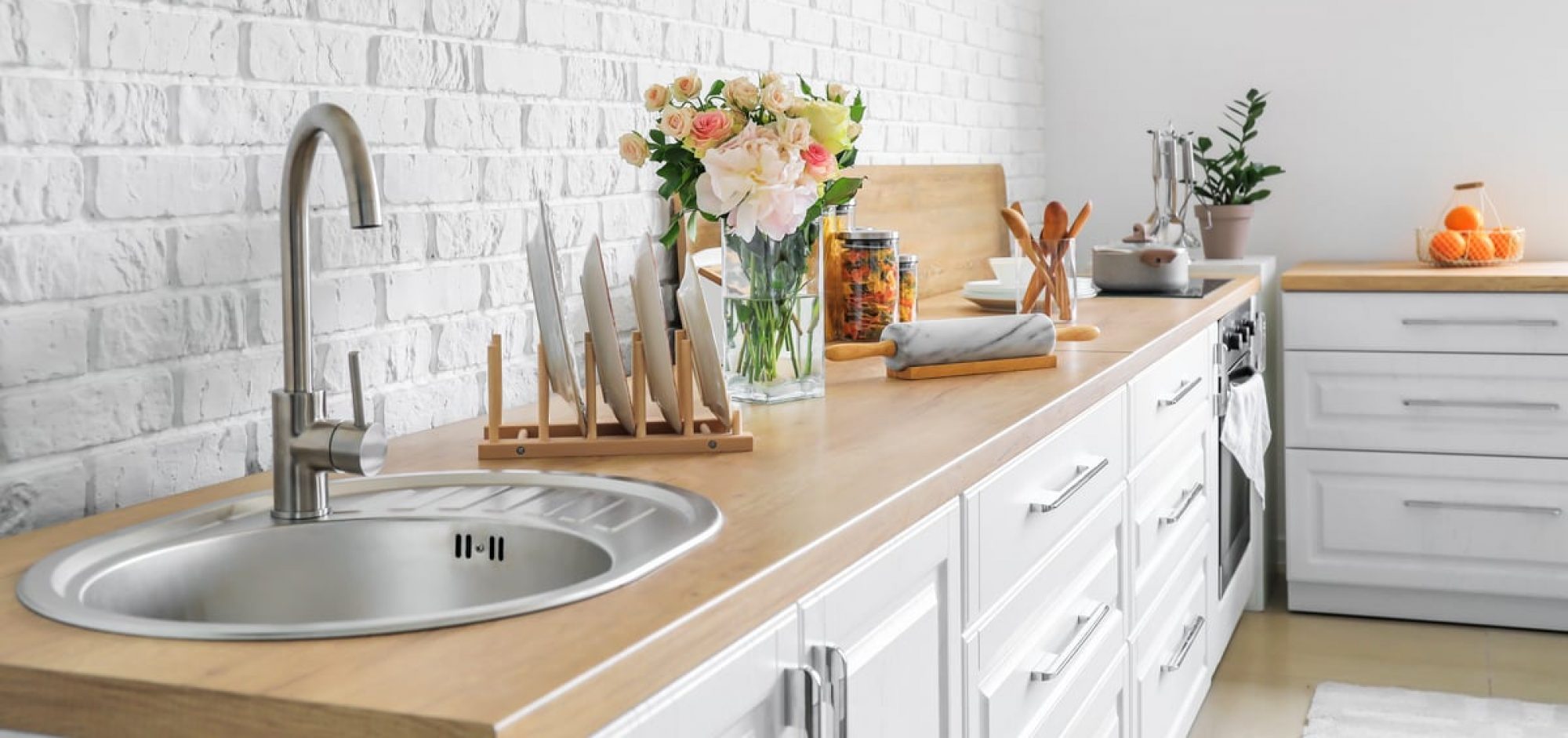Many seniors struggle with maintaining their balance and mobility, especially when completing simple household tasks like bathing and toileting. Falls are the leading cause of injury among seniors, but properly installed grab bars can help mitigate this risk and promote safety and independence.
Whether you’re looking for a way to keep your elderly parent safe in the shower or bathroom, or help them navigate the stairs in their home, grab bars are by far one of the most simple and cost-effective preventative fall prevention measures available. In fact, according to a study published in the journal PLOS ONE, “addition of grab bars to the bath and toilet environment is an effective strategy for reducing falls in individuals with lower extremity weakness.”
When choosing the grab bars for elderly bar for elderly, consider three key factors: weight capacity and durability, grip and texture, and installation and professional assistance. It’s also important to consider the individual’s needs and level of mobility, and consult with a qualified occupational therapist to ensure you choose the right bar for your unique situation.
Wall-mounted grab bars are commonly used near toilets, bathtubs, and showers to provide stability when transferring in or out of these areas. They come in a variety of styles and materials, with some featuring textured grips or grooves to improve the user’s grip. Some models also have a removable handrail to allow for easy cleaning and a more customizable feel.
Staircases and hallways are additional high-risk areas for falls, so it’s important to assess the individual’s needs and level of mobility when considering the best location for grab bar installations. The optimal location will be a spot that’s easy to reach and provides support when climbing or descending the stairs. For longer hallways, multiple grab bars can be positioned along the wall to offer additional support and stability.
Another common place to install grab bars is next to interior doorways. These can offer added stability when opening or closing sliding doors, stepping over thresholds, or reaching into closets. It’s essential to know that Medicare does not cover the purchase of grab bars, so individuals will need to budget accordingly.
To determine the most appropriate grab bar for your elderly loved one, it’s often helpful to perform a few simulations with them. This will enable you to notice where the grab bar should be placed on the wall – both vertically and horizontally – to provide the most assistance when transferring in and out of bed or using the restroom. In particular, you’ll want to position the grab bar at chest height when seated to provide the most comfort and ease of use. If possible, it’s also a good idea to practice grabbing the bar with your elderly loved one so you can observe how they use it and make any adjustments needed. If you’re ready to help your aging family members live safely and independently, shop for grab bars at Ponte Giulio USA today!

